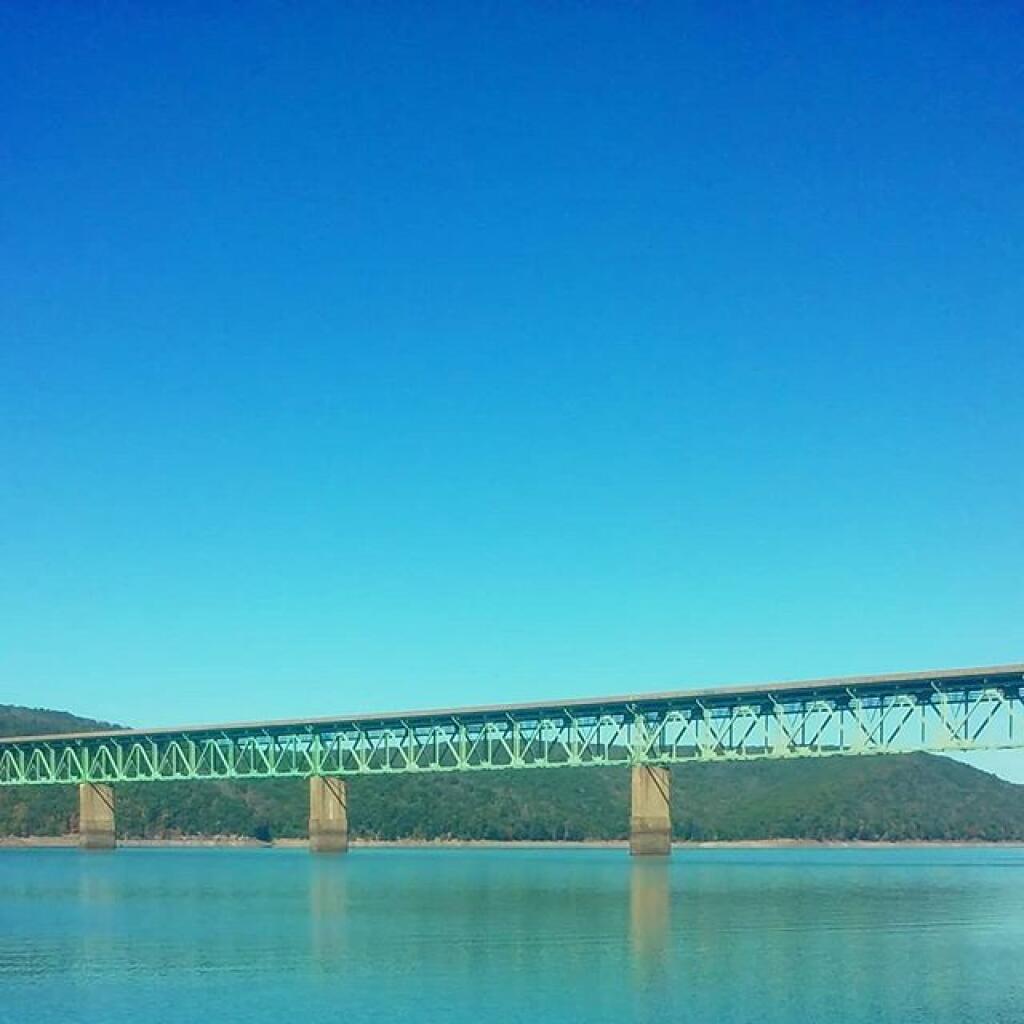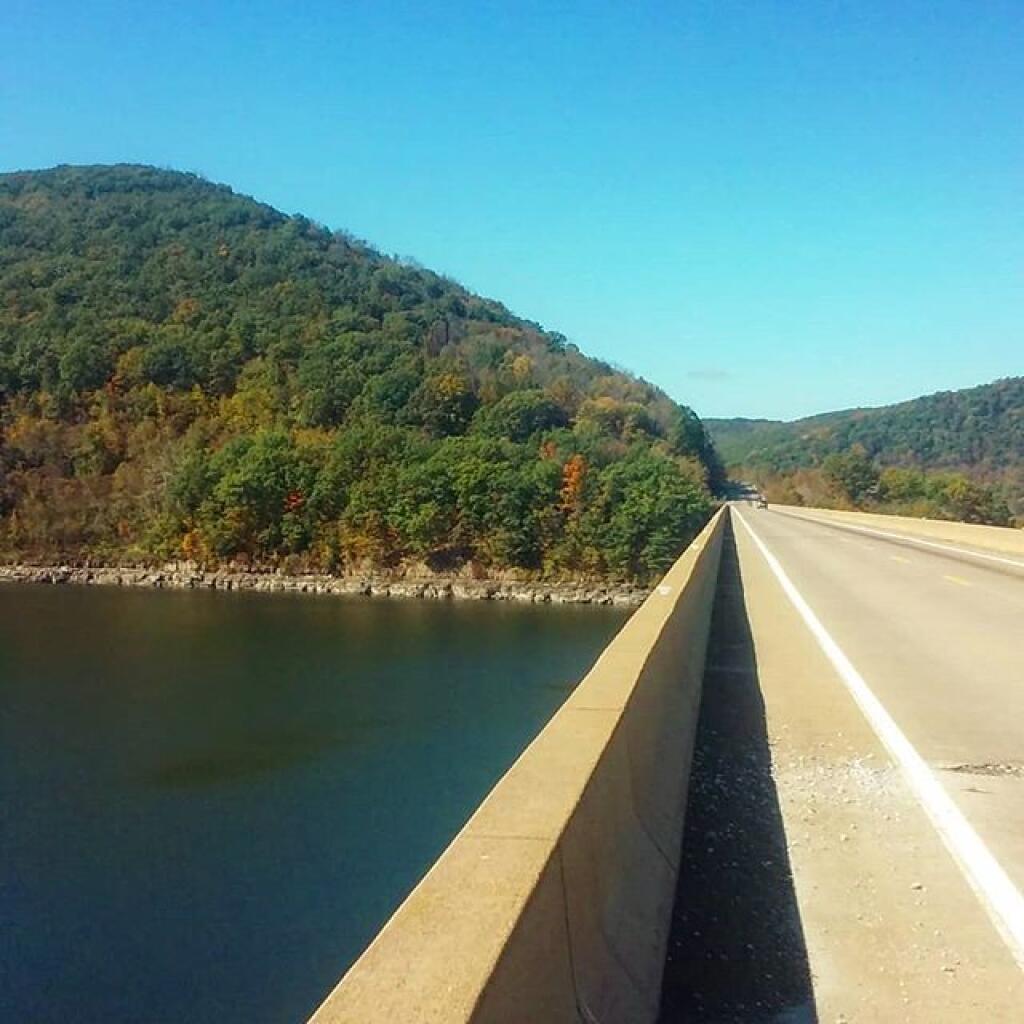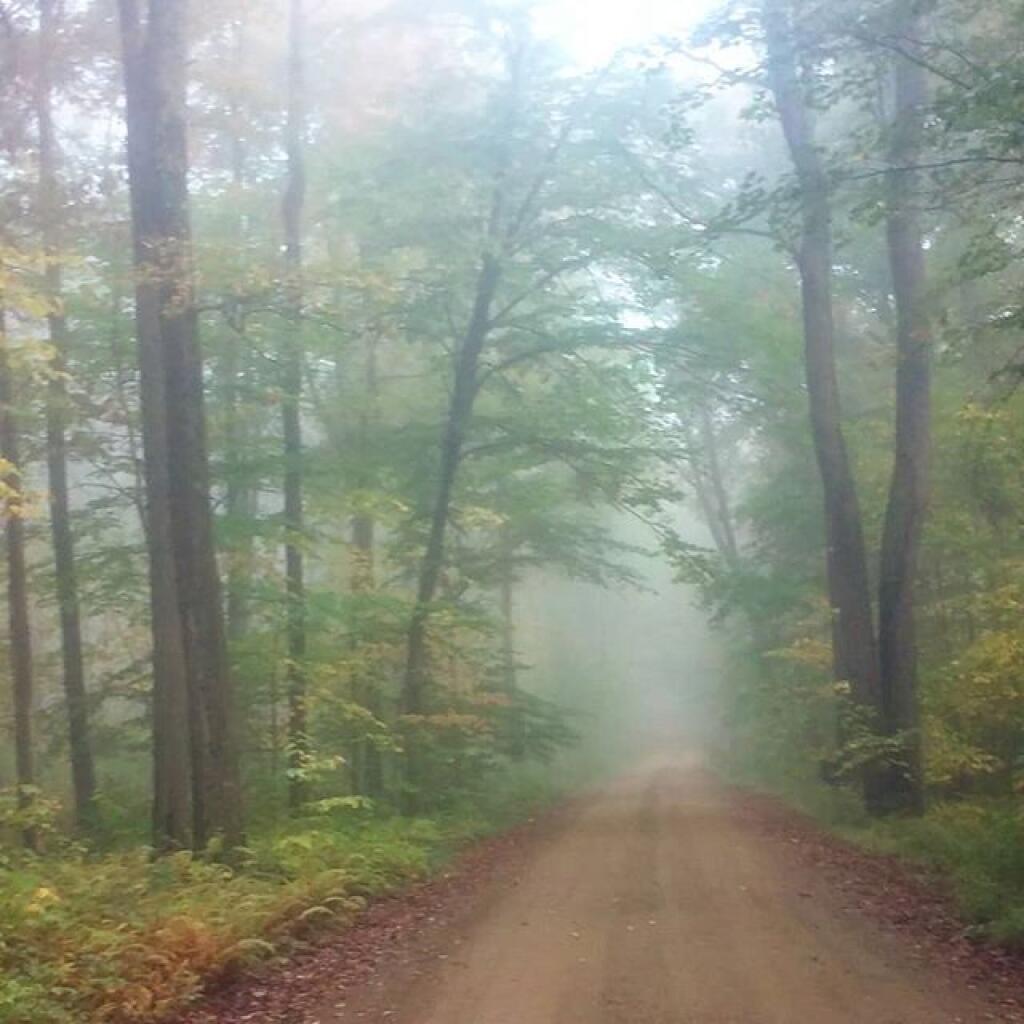I’ve been doing some reading up on the claims that acid rain is getting worse in the Adirondacks thanks to policies put forward by the Trump Administration. There is a lot of truth to that although it’s complicated.
What has changed in the Trump Administration?
Natural gas prices have increased – This has made coal more cost effective to operate and grid operators in some parts of the country are buying more electricity from coal plants so the plants are running more hours a year. More hours a year operating means more sulfur dioxide emissions and more acid rain.
Additionally, because the acid rain sulfur dioxide cap in Cap and Trade hasn’t been tightened in over a decade, and a lot of large sulfur dioxide emitters have been retired or added scrubbers, the price of sulfur dioxide credits has dropped dramatically in recent years, making it cheaper to run coal plants.
A handful of coal plants in the Midwest have been run with their stacks bypassing the broken scrubbers – Coal power plants permitted after 1977 must have flue gas scrubbers that spray limestone to remove sulfur dioxide from their stacks. The thing is that most existing coal plants were built or permitted before 1977, the average opening of a coal fired power plant in America is 1973. A lot of big coal plants went online in late 1960s through the early 1970s as electrical energy demand peaked during those years across the country. Plants that have been upgraded for more output or substantially overhauled must also install scrubbers. But still only about 40% of coal power plants to this day have scrubbers.
Why? Flue gas scrubbing is good for reducing sulfur dioxide and acid rain emissions but it’s a problematic technology to implement. The scrubbers use 10% to 20% of a power plants electrical output – enough energy in many cases to power a midsized city. They also produce enormous amounts of solid waste – gypsum is contaminated with heavy metals. A coal fired plant with a scrubber requires 2/3rd ton of landfill space for every one ton of coal burned. The scrubbers themselves are expensive to build – in many cases the scrubbers are more expensive to build today than the original plants without scrubbers cost to build originally.
Scrubbers can be unreliable too. Sulfur dioxide is an acid, ala acid rain. The scrubbers are made of stainless steel but the steel is attacked by the acid. They can and do break down. And sometimes the equipment is taken offline for repairs while the old stacks without scrubbers are used. That’s happened recently.
All medium and large emitters of sulfur dioxide have to comply with the Cap and Trade that was part of the Clean Air Act Admendments of 1990 that stepped down national limits for sulfur emissions during the 1990s through the 2000s until the lowest cap was reached around 2006. Now that cap hasn’t decreased since then – its been proposed to lower the sulfur dioxide cap but congress hasn’t acted on that.
Cap and trade worked well – forcing the biggest sulfur dioxide emitters to burn less sulfuric coal from the western states, install scrubbers, permanently shut down, or pay heavily for sulfur dioxide credits. Cap and trade finally got some of the oldest, dirtiest plants offline. It particularly hit small, rural coal plants built 1940s and 1950s hard that relied on a eastern coal – they were too small to be worthwhile to install flue gas desulfurization on and usually lacked the necessary landfill space on site.
Cap and trade – along with cheap natural gas has been so successful at removing the biggest emitters offline or installing scrubbers that the price of sulfur dioxide credits is relatively low now as total emissions are actually below the national cap. So even with broken scrubbers it can be economical to buy the extra sulfur credit.
Clean Power Plan Not Enacted – Proposed by Obama but never implemented due to a court injunction. It would set carbon intensity limits on a state’s entire electrical grid. Opposed by red states with lots of coal power, it would have a much greater impact on them then blue states which often have much more natural gas, nuclear and hydroelectric and can more easily comply. Running coal plants fewer hours of the year means less sulfur dioxide and acid rain.
The standards were enacted on cost benefit analysis not of the carbon reduction, which is expected to be modest but the reduced healthcare costs and deaths by the switching to less carbon intensive sources that happen to also release less air and water toxins like mercury, toluene and formaldehyde. Additionally, moving away from coal means less sulfur dioxide and nitrous oxides with meaning fewer health impacts. This has been a bone of contention with opponents.
The other issue raised by opponents of the Clean Power Plan is that the Clean Air Act only regulates individual emission sources and not the entire electrical grid. The Clean Power Plan contends the grid as a whole is an emissions source not the individual plants. This is a bit of a stretch of the law but then again the Clean Air Act was written to consider regional impacts.
The Trump Administration can’t refuse to regulate greenhouse gases because of EPA’s endangerment finding and the Supreme Court decision that carbon and greenhouse gases are a pollutant subject to regulation. Instead, they have proposed to regulate the carbon intensity of new power plants and those old plants upgraded with substantial increases in emissions under the New Source Review. The problem with this is it does nothing to clean up old plants and when you make existing plants more energy efficient and less carbon intensive under New Source Review you tend to also make them cheaper to run which means more emissions.
I hope this summary of what’s going on with coal and acid rain today is helpful. Researching this has helped answer a lot of questions I’ve had and got me thinking for sure.




